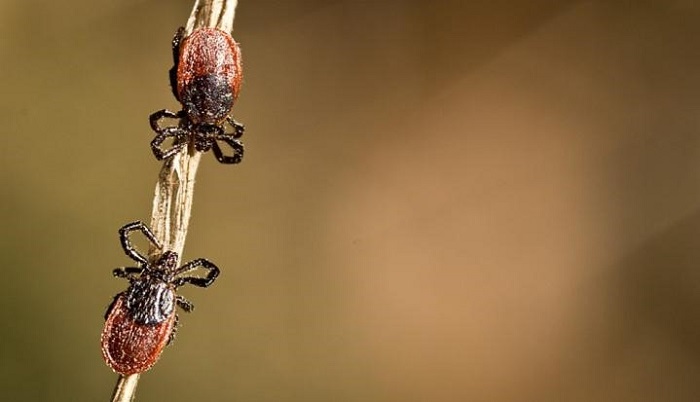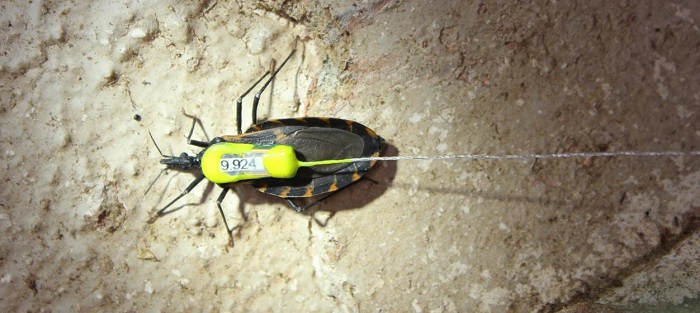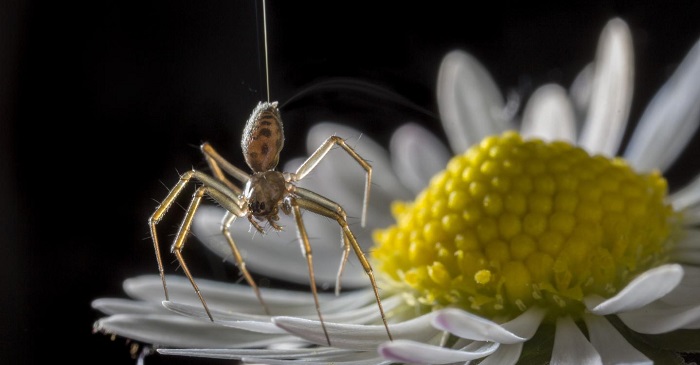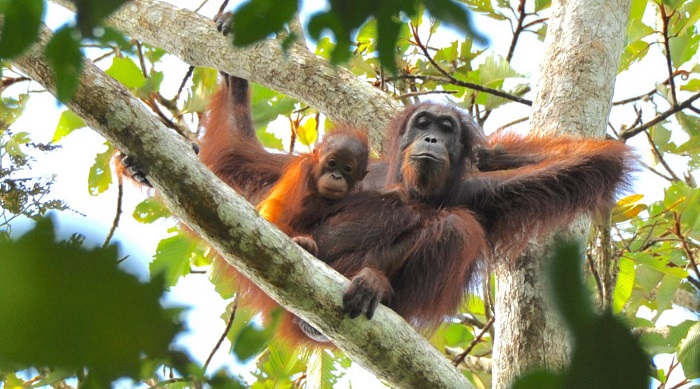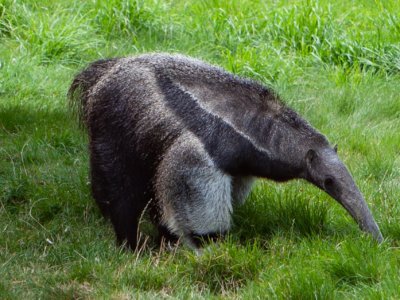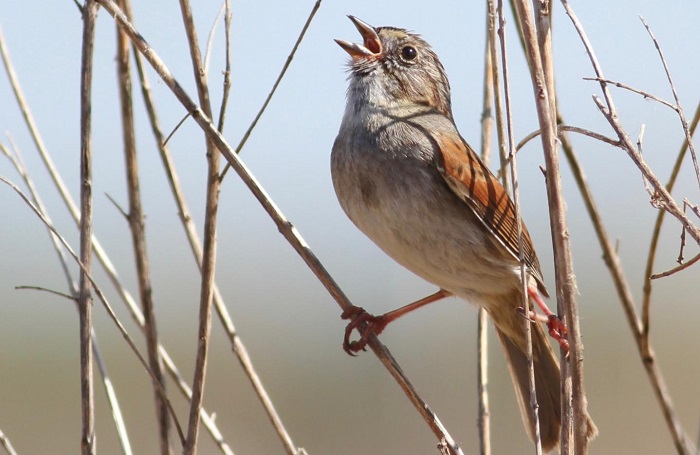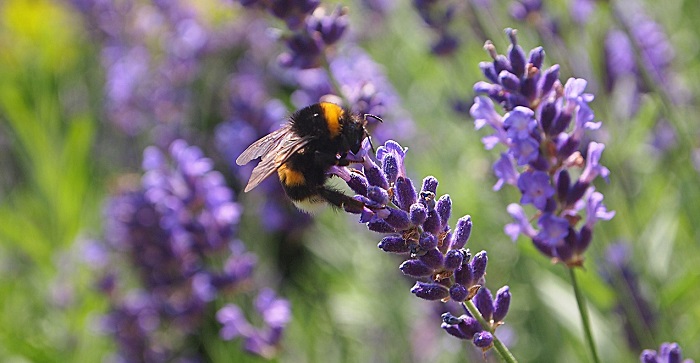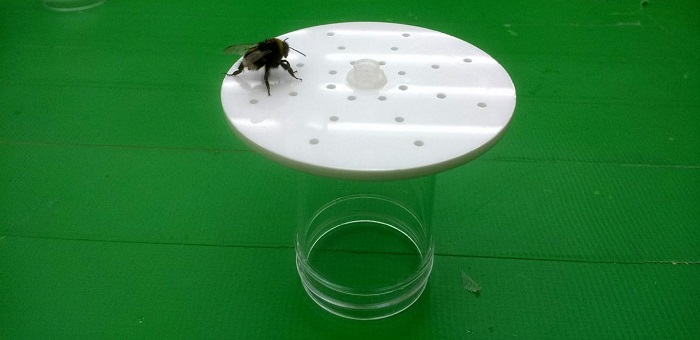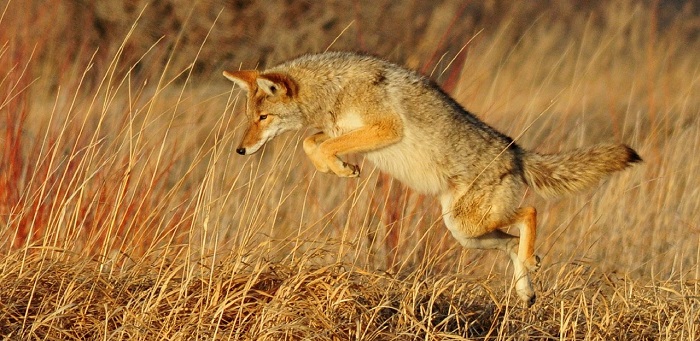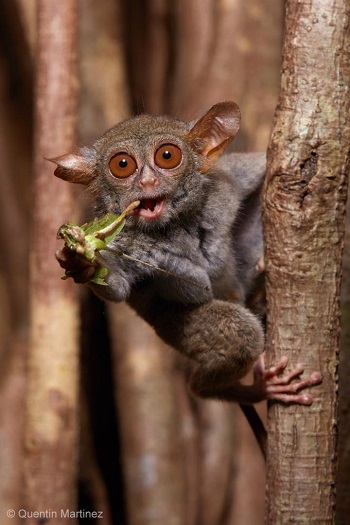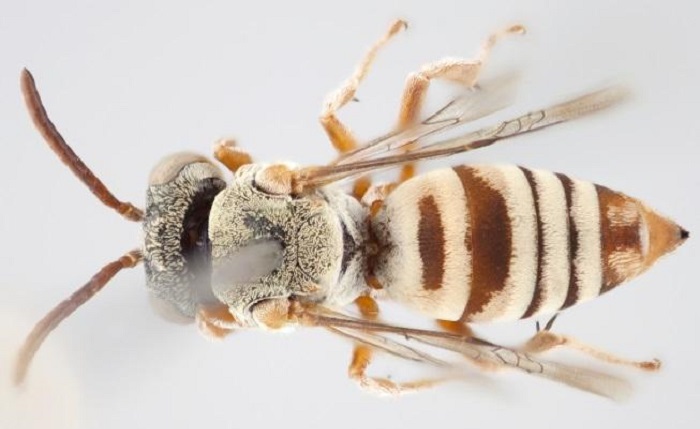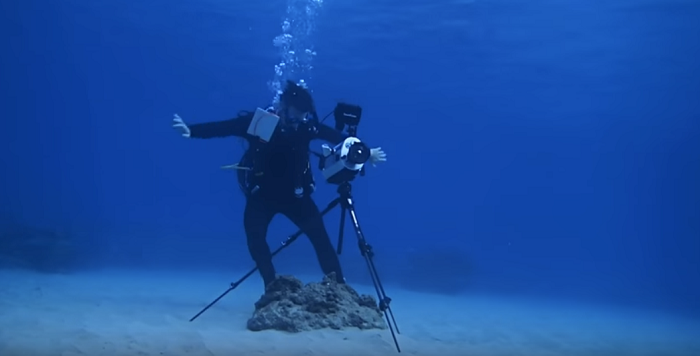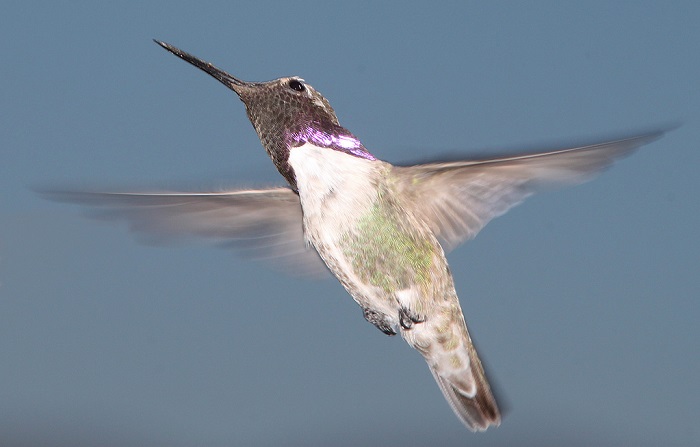Lost Whales
Whales used the Mediterranean as breeding grounds during ancient Roman times.
Drumming Cockatoos
Researchers discover that cockatoos use sticks and seed pods to drum out rhythms on tree limbs.
Tracking Kissing Bugs
Miniature transmitters help scientists track a blood-sucking pest.
Orangutan Resilience
Orangutans may be more resilient to human disturbance than once thought.
North American Dogs
What happened to ancient American dogs, and where did they come from in the first place?
Anteater Diet
How giant anteaters get enough food into their tiny mouths to survive.
Songbird Culture
How a small songbird’s cultural traditions persist for more than a thousand years.
Not-So-Busy Bees
Bees take a break from work every night, even when the sun never sets.
Bees Smell Flowers
Flowers produce invisible smell patterns on their surfaces to lure bees in.
Night Shift Animals
Many mammals avoid humans by seeking the cover of night.
Sleeping Fur Seals
How fur seals' unusual pattern of REM sleep helps sleep researchers.
Bats & Pitcher Plants
The echo of a pitcher plant helps bats find safety and helps the plant get food.
Bombardier Beetle Engineering
The secret behind a beetle’s ability to shoot rapid pulses of high temperature toxins.
Green-Blooded Lizards
Some lizards thrive despite a toxic pigment that turns their blood green.
Our Insect-Eating Ancestors
What did our mammalian ancestors eat during the age of the dinosaurs? The answer might bug you.
Shrimp-Inspired Navigation
The mantis shrimp’s ability to see circular polarized light inspires an underwater GPS system.
Dolphins at Play
Dolphins’ seemingly adorable antics may not actually be all fun and games to them.
Hummingbird Tail Feathers
A male hummingbird makes sounds with his tail feathers to attract females.
Bowhead Whale Songs
The songs of Arctic bowhead whales are constantly changing.
Earwig Origami
Engineers are learning new folding tricks by studying earwig wings.


